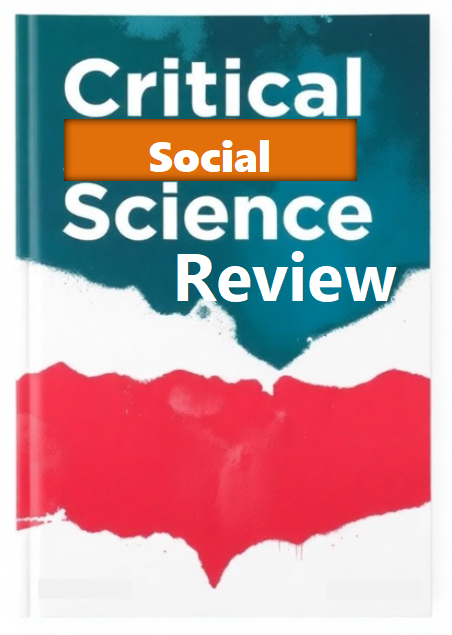The Impact of Social Media on the 2016 U.S. Presidential Election
Abstract
In the 2016 U.S. Presidential Election, Twitter, Facebook, and Instagram were frequently employed by both Democratic candidate Hillary Clinton and Republican candidate Donald Trump to release information on policy issues, criticize the competition, and attack the other party. In order to take a look at the social media action each campaign acquired between October 16th and October 22nd, 2016, the text of the most frequently released Facebook and Twitter posts by the campaign pages and the candidate pages for the two are examined. Sentiment toward the competition, discussion of the economy, and attack ads were recurring themes on the top 10 most frequently posted charts and graphs by both Democratic and Republic candidates. In order to accumulate and analyze the social media interaction data from these posts, Facebook post metadata, Facebook post message data, and Tweet metadata were scraped.
Among social networking applications, Twitter maintains a constructive search feature for OTS surveillance operations. In an analysis of “#Trump2016” and “#ImWithHer”, Judea Pearl’s do calculus was used to identify the most influential issues and adjust tweets that influenced voters. In the everyday American election, the most influential Tweet that will affect the Democrat/Republican party advocate choice was retweeted. Posts that influence voting patterns have been shown to come from substantial newscasters and celebrities, rather than from political figures. There was weak evidence that negative remarks are more effective if they come from political figures. There was no proof that the cultivation of uncertainty in party politics has had a significant impact on the followers. Users who have followed a political figure have an overall bias in favor of their marked political party regarding their opinions. Results of this study include the existence of strong party-oriented three-edge nodes in the directed graph and the examination of how a node’s endorsements are represented as a mean within the graph.
Keywords: social media, 2016 election, Twitter, Facebook, political campaigns, sentiment analysis, voter influence, candidate strategies


